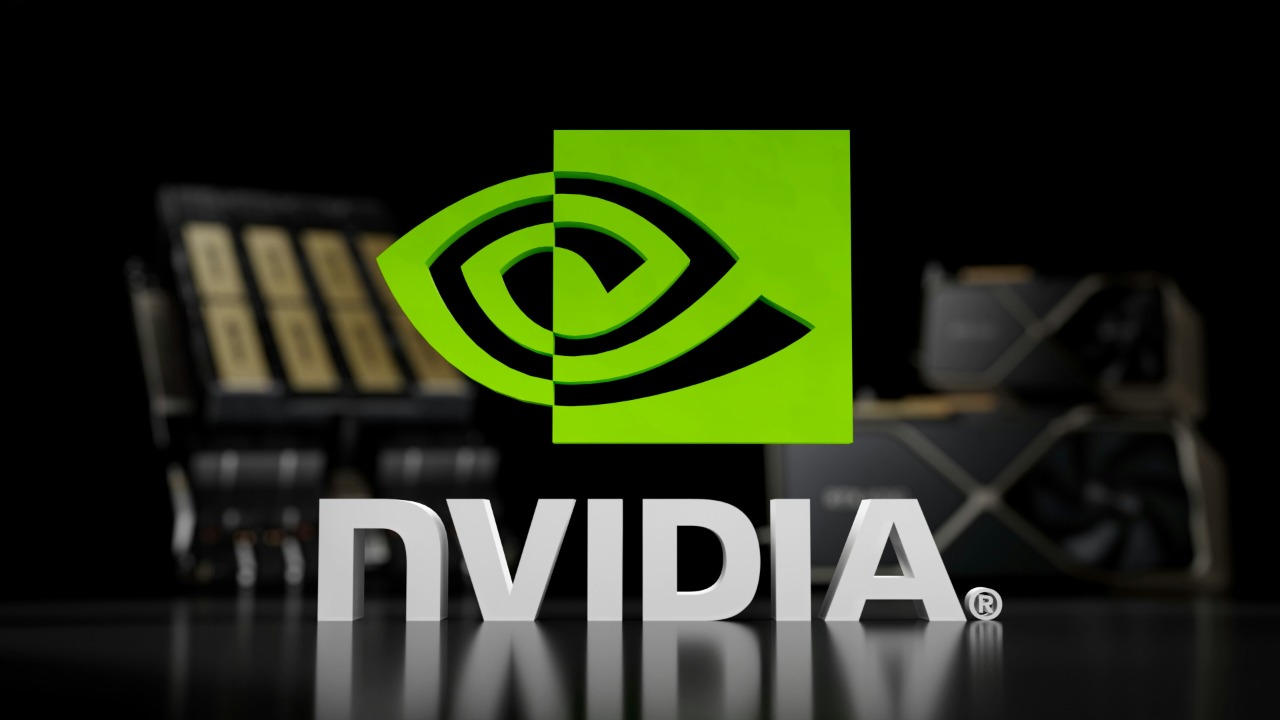
Amid the escalating tech tensions between the U.S. and China, Nvidia’s high-performance AI graphics cards, including the RTX 5090 D and NVIDIA H20 GPUs, have been targeted by U.S. export controls. These restrictions have led to a surge in demand for repairs of these banned chipsets within China, underscoring the country’s ongoing scramble for access to advanced AI hardware.
Background on U.S.-China Tech Restrictions
The U.S. has progressively tightened export controls on advanced semiconductors to China, with the aim of curbing Beijing’s AI development capabilities. Nvidia, a dominant player in the AI GPU market, has become a key target of these measures. The recent restrictions extend beyond high-end chips, encompassing even gaming GPUs like the RTX 5090, which has been singled out as a restricted product.
Specific Products Impacted by the Ban
The RTX 5090 D graphics card, a China-specific variant, is now fully prohibited from distribution. The NVIDIA H20 GPUs have also been officially banned, with their production halted indefinitely. The ban extends to a broader category of Nvidia AI graphics cards, particularly those optimized for AI workloads.
Reasons for Targeting Nvidia’s AI Hardware
The bans are driven by U.S. national security concerns, with restrictions focusing on technologies that could potentially accelerate China’s military AI applications. Nvidia’s cards, such as the RTX 5090, exceed performance thresholds set by export rules, triggering these prohibitions. The role of AI chip performance metrics in these restrictions is clear, although geopolitical motives are not explicitly stated.
Immediate Market Disruptions in China
The halt in new shipments and sales of banned models, including the NVIDIA H20 GPUs, has caused significant disruptions in the Chinese market. This has led to shortages for Chinese AI developers and gamers who rely on Nvidia hardware, including the RTX 5090 D. The ripple effects on Nvidia’s revenue streams from the Chinese market are also significant.
Surge in Repair and Maintenance Demand
As a result of the bans, there has been a booming repair demand for banned Nvidia AI chipsets as users seek to extend the life of existing hardware. Underground repair shops in China are capitalizing on this trend, servicing prohibited models like AI graphics cards. This has led to increased pricing and wait times for repairs on high-end Nvidia components.
Nvidia’s Strategies and Potential Alternatives
In response to the restrictions, Nvidia may offer China compliant lower-performance variants instead of the banned products. The company has a history of developing China-specific GPUs to navigate export limits. However, these alternatives may not fully meet the needs of advanced AI and gaming applications.
Long-Term Implications for Global AI Supply Chains
The bans on Nvidia AI graphics cards could potentially accelerate China’s domestic chip development efforts. This could lead to shifts in global market share, with opportunities for competitors like AMD or Huawei. Future U.S. policy adjustments could further impact Nvidia’s exports to China, reshaping the global AI supply chains.